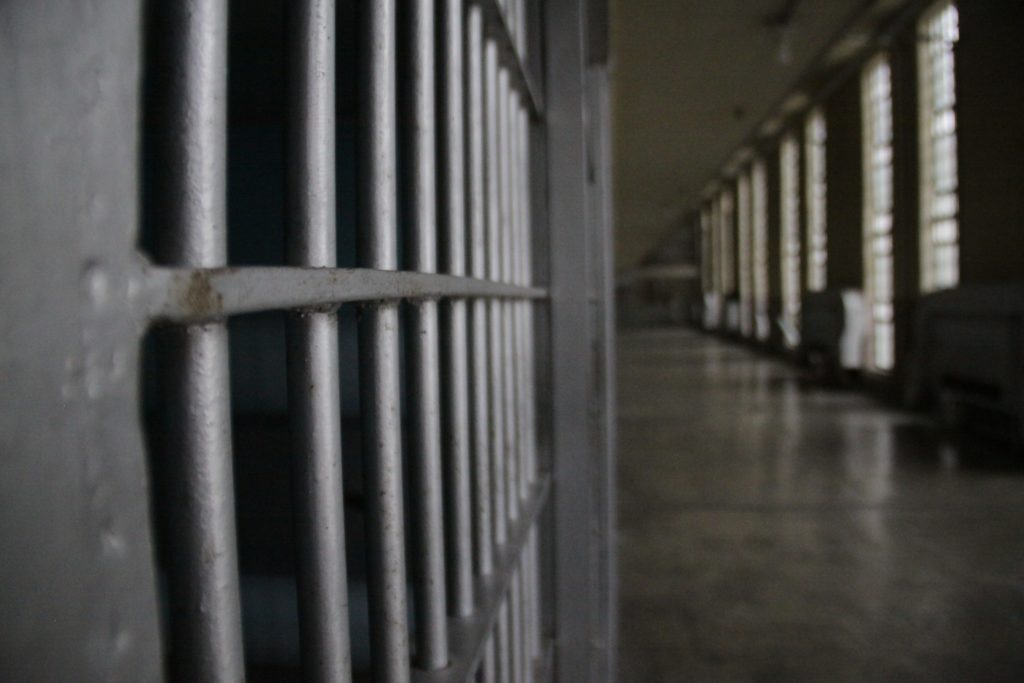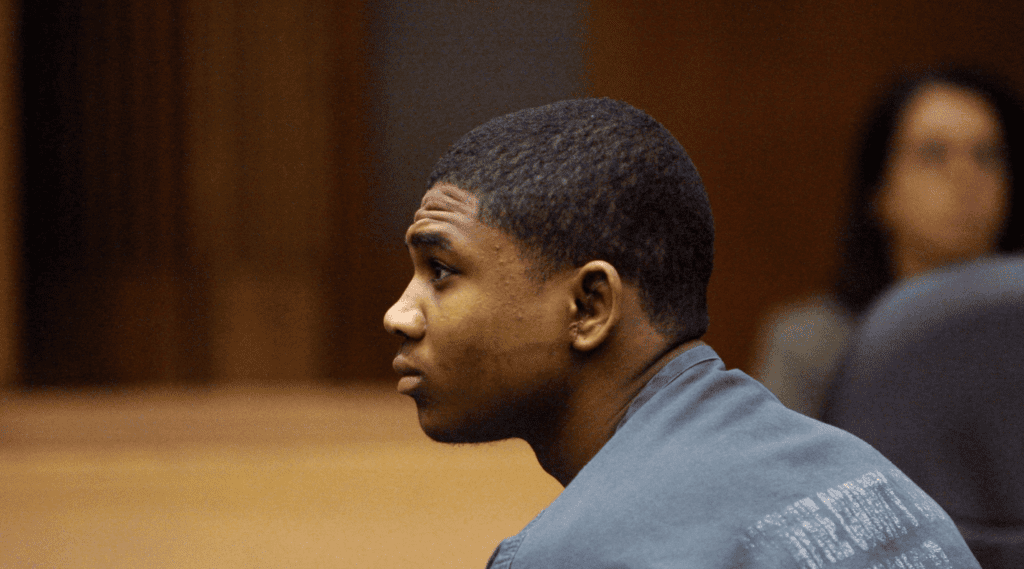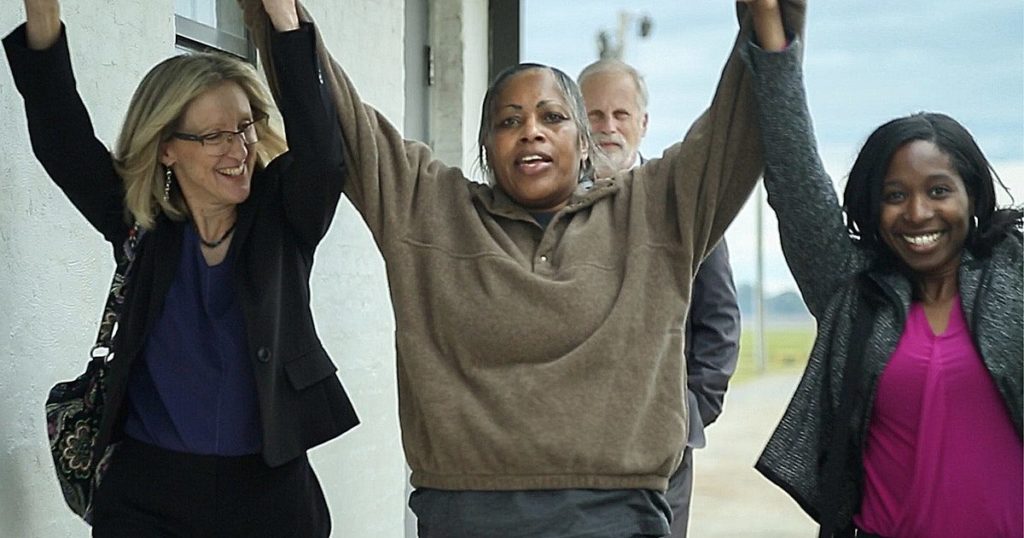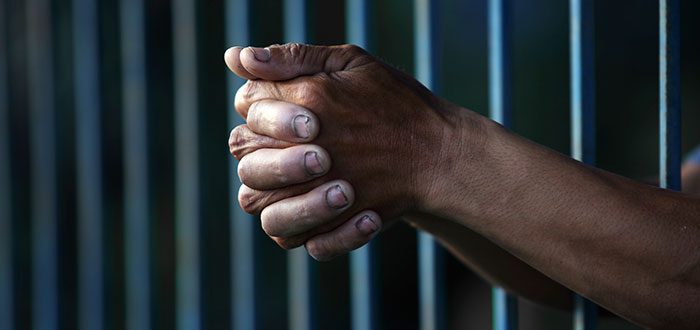#WrongfulConvictionDay Today Focuses on Holding Bad State Actors Accountable
Today is #WrongfulConvictionDay. This year, it aptly highlights the fight for police and prosecutor accountability and the role official misconduct plays in wrongful convictions.

A reporter recently asked me if I was surprised by the findings of a new study from the National Registry of Exonerations that more than half of wrongful convictions involved official misconduct. Without needing a moment to think, I responded “I’m only surprised it’s not higher.” She laughed, but I was serious. The reason, however, may not be what you think.
The reason is simple logic: how else would we have so many wrongful convictions? When a person is innocent, the fact is the evidence, as it initially presents, typically does not point to their guilt, much less prove guilt beyond a reasonable doubt. So how then does an innocent person end up in prison for decades for a crime that they did not commit? The answer is, all too often, someone – the state – created the evidence to put them there.
Sure, there is the case where the exoneree was simply at the wrong place at the wrong time and the initial evidence actually does point to them, even though they are completely innocent. But, in my experience doing wrongful conviction work for nearly a decade, that type of case is the exception, rather than the rule.
Much more common is the case where police were under immense pressure to solve a serious crime, like a murder. Sometimes that case has gone cold, or is just taking a bit too long to solve, according to command or the public. Then police found a vulnerable suspect (because of age, intellectual ability, socioeconomic status, or some other reason) or a plausible suspect (perhaps because of prior criminal record, race, neighborhood) to pin it on. From there, the evidence is developed – all too often, manufactured – to substantiate a theory of the crime pre-established by the police, who are now in tunnel vision mode, exclusively focused on that suspect to the exclusion of other possibilities and to the exclusion of evidence that points elsewhere or exonerates their suspect.

The “evidence” could be statements – a confession – which is manufactured through coercion, manipulation, or deception. Or it could be testimony from a jailhouse informant motivated by a promise of dropped charges in their own case. It could be an identification by an eyewitness produced through suggestion and encouragement, even implicitly. It could be “scientific” evidence, like evidence of arson or shaken baby syndrome or conclusions of the medical examiner, in which otherwise neutral physical evidence is erroneously interpreted through the biased lens of a person told that a suspect is guilty. In other, more egregious cases, damning evidence is simply planted.

That is not to say that this is necessarily or always intentional. Certainly, in some cases, it is blatantly intentional and the motivations are obvious. (For example, in the case of Tina Jimerson, who MacArthur currently represents in a civil rights lawsuit against corrupt law enforcement who framed her, the sheriff said “Some N***er is gonna have to do time for this crime.”) But, in other cases, the investigators drink their own Kool-Aid and are genuinely convinced of the innocent suspect’s guilt. Certainty in guilt, combined with a drive to achieve justice for the victim, as well as institutional incentives to close cases quickly, lead investigators to cut corners, fudge reports, and lie.
It is thus no surprise that wrongful convictions generally, and specifically false confessions and official misconduct, are highest in the homicide cases. (Official misconduct was found in 72% of wrongful murder convictions, compared to 32% of nonviolent crimes.) The pressure – both internally, politically, and publicly – is at its peak in a murder case, and ethics and accuracy are the cost our society pays for quick results. Unfortunately, as we know all too well by now, people of color are far too often the ones who pay the biggest price. (Official misconduct was 22% more likely in the cases of Black exonerees wrongfully convicted of murder than white exonerees.)
Bottom line – wrongful convictions do not happen in a vacuum, and they are not a fluke. Our criminal justice system so badly skews the incentives to the state players – prosecutors are rewarded for convictions over truth, sometimes regardless of what the victims want; police are rewarded for closing cases, regardless of the quality of the investigation, the methods used to get evidence, or the collateral consequences; and far too few are held accountable when misconduct by state actors is uncovered – that wrongful convictions are an inevitable consequence.
There is hope for a different path. Prosecutors across the country are opening conviction integrity units, with impressive results in cities like Chicago, Philadelphia, and Dallas. But CIUs have to be allowed to achieve their mission. Where the legislators try to stymie it or the court system prevents corrective action, these noble ventures cannot succeed.

The American approach to crime-solving require more than tweaks; it requires a wholesale paradigm shift. There are many lessons to be learned from the stories of the innocent falsely ensnared by our criminal injustice system. Law enforcement investigation generally, and witness interviews specifically, must be truth-seeking, rather than simply conviction-seeking. Confessions can no longer be considered the gold standard evidence, not given what we know about the high rate of false confessions. Law enforcement needs to be encouraged to take their time to do the job right, and for investigations to be thorough and objective, rather than close a case quickly. Victims need to be listened to and their goals honored, even when the ultimate punishment is not what they seek. Safeguards need to be put in place and rigorously employed, because it is now well-known that mistakes happen. Finally, all of the players in our criminal justice system must admit that the whole system is infected with systemic racism from top to bottom, and all reforms must be informed by and engage with that reality as a starting point.
We need to think big. The moment is now, as our country is roiling with civil unrest in protest of relentless police violence against people of color, and robust, creative debate about wholesale criminal justice reform and defunding the police is percolating up to the highest levels of local and national government. And we need to finally hold the bad actors accountable. That is what we at MacArthur fight to do every day.
Takeaways
-
How does an innocent person end up in prison?
The answer is all too often the state created the evidence to put them there. -
Official misconduct occurred in more than half of wrongful convictions
– in 72% of murder convictions. It was 22% more likely in cases of Black exonerees than white. -
The investigators drink their own Kool-Aid
Certainty in guilt, combined with a drive to achieve justice for the victim, as well as institutional incentives to close cases quickly, lead investigators to cut corners, fudge reports, and lie. -
Wrongful convictions do not happen in a vacuum,
and they are not a fluke. -
It is no surprise that wrongful convictions
are highest in homicide cases. -
The American approach to crime-solving require more than tweaks;
it requires a wholesale paradigm shift.
